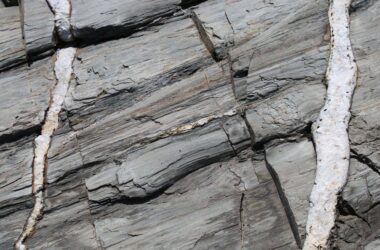Researchers have discovered ancient river valleys hidden beneath the East Antarctic ice sheet. This finding suggests that this region of Antarctica may have been covered in ice for more than 30 million years. The research provides valuable insights into how the ice sheet will respond to future climate change.
Most of Antarctica’s geographical features are covered by a thick sheet of ice, making it difficult to study the underlying landscape. However, radar measurements have provided a broad understanding of the topography.
To gain a better view, researchers at Durham University in the UK analyzed satellite radar measurements of the surface of the East Antarctic ice sheet. By comparing this data with direct measurements from ice-penetrating radar recorded by aerial surveys, they identified a distinct region called “Highland A.” This area spans 32,000 square kilometers and is characterized by three blocks of land separated by wide, fjord-like troughs. If the ice were removed, the topography would resemble the peaks and valleys of the Lake District in the UK.
According to the researchers, these features suggest a geological history that dates back to the separation of Antarctica from the Gondwana supercontinent around 180 million years ago. They propose that rivers flowing through rifts created by the continental breakup shaped the “fjords,” which were further carved out by glaciers during a cooling period about 34 million years ago.
The researchers believe that the unique preservation of these landscape features is due to the cold base formed by the glaciers beneath the ice sheet. This base locked onto the rock, preventing erosion and turning the glaciers from an erosive mechanism into a protective one.
The discovery of these ancient river valleys indicates that the region has been covered in ice for at least the past 14 million years, and possibly 34 million years. Understanding the stability of East Antarctica is crucial, as most research has focused on the West Antarctic ice sheet. The findings from this study will contribute to better models for predicting how the ice sheet will respond to climate change and rising temperatures.
Although the preserved landscape of Highland A suggests the ice sheet is stable in that particular area, scientists like Sean Gulik at the University of Texas at Austin believe that there may have been fluctuations in the ice sheet as recently as 1.5 million years ago. This uncertainty highlights the limited knowledge about what lies below the ice sheet in East Antarctica.
Insights:
– Radar measurements have uncovered the topography of Antarctica, revealing ancient river valleys hidden beneath the ice.
– The preservation of the landscape suggests that East Antarctica has been covered in ice for at least the past 14 million years.
– The discovery provides valuable information for modeling the response of the ice sheet to climate change and rising temperatures.








